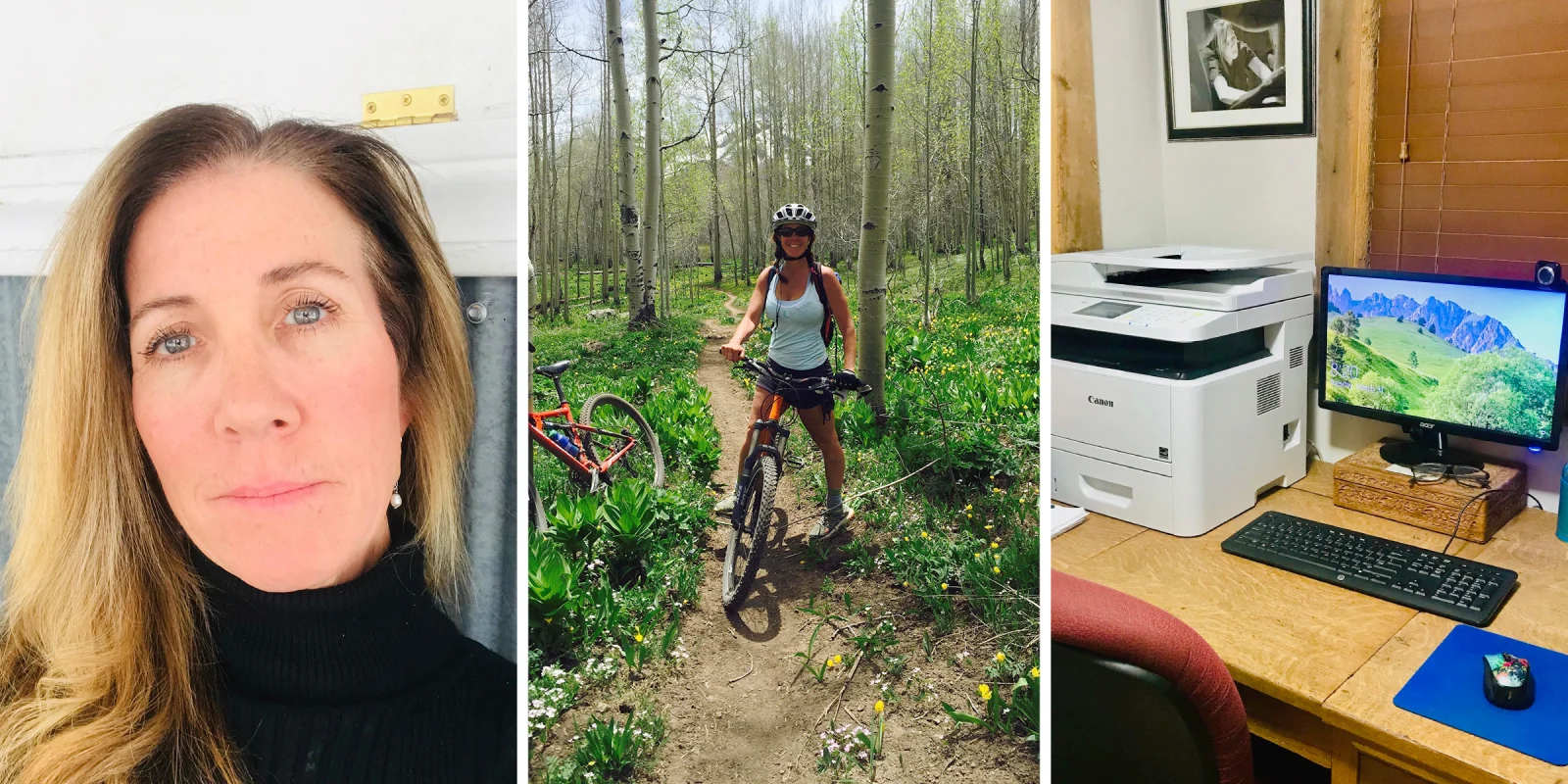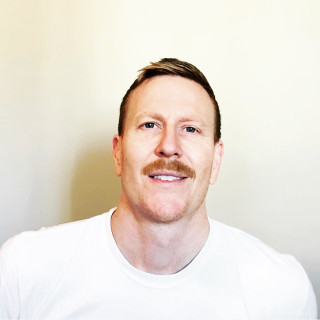
Lisa Merck APN, CNM, has a small clinic in Crested Butte, Colorado, specializing in obstetrics and gynecology and primary care. In March, she was diagnosed with SARS-CoV-2. Doximity reached out to her.
Fortunately, the grueling journey is now coming to an end. “I'm feeling really well, the last four to five days I felt really great. I've had the whole virus last about five weeks for me.” Lisa is enthusiastic to share her personal COVID-19 experience to help other clinicians and the community at large.
The First Symptoms and Fever
Lisa and her husband Paul had been backpacking in Hawaii after attending a conference. On February 18th, the first symptoms started. A runny nose and a few little sneezes. The next day was neck and shoulder pain. Lisa thought it was just a cold and pain from traveling with a backpack. After returning home to Crested Butte, Colorado, she had a massage and life returned to normal. “I just did my activities of normal living,” Lisa says.
By March 1st, a fever had set in. Mild, around 100.8 degrees. Lisa felt “kind of crummy.” Her husband also had a fever so they decided to get tested for influenza. They were both negative. Days later and still febrile, Lisa thought COVID-19 testing may be warranted. She called the CDC and the local health department but was told she didn't meet the criteria.
She started getting sicker. “I felt like every time I stood up, I wanted to collapse.”
Lisa was diaphoretic. She had shortness of breath, and the muscle aches and joint pain were getting worse. Extreme exhaustion set in, compounded with a headache and eye pain. There was nausea, but no vomiting, and Lisa lost 13 pounds.
The Diagnosis and Recovery
By March 8th, the symptoms were so bad that Lisa was taken to the ED by her husband. A chest X-ray revealed bilateral lower lobe pneumonia. Another influenza test was negative. They did a complete blood count and a comprehensive metabolic panel. Her white blood count was low. She was started on IV Toradol.
Then, the COVID-19 test. Lisa was started on doxycycline 100 mg twice a day for seven days, and she waited.
On March 11th, the test result came back positive. It had been three weeks since her first symptoms. Paul, her husband, was never tested.
Lisa’s symptoms waxed and waned after testing positive. “The virus seems really strange, you might feel really good one day and then the next day it hits you again,” she says. She also developed diarrhea and tachycardia, with anxiety manifesting in the third and fourth week.
Throughout the journey Lisa monitored her vital signs daily and by the fifth week she started feeling better.
Testing and Re-testing
Lisa followed the recommended test-based strategy for COVID-19 — isolation for 14 days and two negative COVID-19 tests at least 24 hours apart. “I want to be really cautious,” she explains. “I want to protect my patients in my community and my family.”
On March 28th Lisa tested negative. Days later her re-test came back positive.
“Things could have gone better,” Lisa shares. “Testing could be faster.” The results are generally pending for 5-7 days. Lisa described the frustration of being a clinician in her community right now, where many were sitting at home and wanting to practice. “They need to have rapid testing, they need to have point-of-care testing. That's the bottom line.”
By mid-April Lisa was still in isolation and waiting for two consecutive negative tests. It had been over a month since the original diagnosis.
Taking to Telemedicine
Despite being positive for COVID-19, Lisa can see patients through telemedicine. She carried out significant research, whilst in isolation, to set up an entirely different practice.
Lisa can access everything from her cell phone and computer. Her telemedicine platform conveniently aligns with her EHRs, and she uses a combination of technologies and HIPAA-secure communication systems for texting, faxing, and phone calls. She really enjoys the efficiency and ease of Doximity’s Dialer and fax system. “That's all we use. That's our only fax line that we have, which I love. It is an amazing service. Plus, you can connect with your other colleagues too, which is really nice.”
So far, both Lisa and her patients love telemedicine. “The pros are that you don't have any time in the waiting room. You have your scheduled visit at a certain time. You have less exposure to illness. And it's wherever and whenever you can get it done.”
If a patient requires a scan or blood test, Lisa sends them to the local clinic or hospital. But she can do mostly everything over the screen.
“[By using telemedicine] I can look at your skin color, I can look at the movement in your head. I can ask you to sit up or stand down. I can ask you to blink your eyes or stick out your tongue. You can take a picture of the back of your throat for me [and] send it to me. I can teach you how to take a pulse,” Lisa says. “You know, if you have blood pressure monitoring and an oxygen saturation or thermometer at your house, I can ask you to do all that. And I can walk you through it so I can take a full review of history.”
Though Lisa was familiar before she began, she knows telemedicine can be a new step for a lot of clinicians. For those looking to start in telemedicine, Lisa advises:
- Do your research and compare companies with costs.
- Look for integration with your EHR system.
- Make sure the platform is HIPAA-compliant, can capture photos, and can share documents with patients.
The Future
Lisa sees a future for telemedicine ripe with opportunity and will continue using it after the pandemic subsides.
“I've learned a lot, and through bad times we can have some great changes come out of this.”
Lisa says her experience fighting COVID-19 has taught her she needs to pay more attention to herself. If she would give herself advice now, it would be to “listen to my body and be a little bit more mindful of my signs and symptoms.”
One way she will listen to and care for her body is by staying active, one of her favorite hobbies. Lisa enjoys the outdoors and loves to mountain bike, ski, mountaineer, run, and hike. “I do that on a daily basis. That's the time where I can decompress.”
Have you recovered from COVID-19 or know a colleague who has?
How is COVID-19 affecting you and your practice?
Click here to see more perspectives on COVID-19 from the Doximity network.
Click here for up-to-date news about COVID-19 on Doximity.
Photos via Lisa Merck APN, CNM







